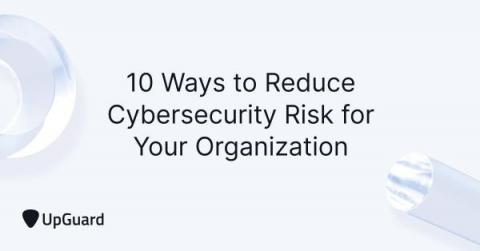The Cybersecurity Playbook You Need to Run To Mitigate Risk During M&A
Mergers and acquisitions are high-risk endeavors, sometimes with billions of dollars and corporate reputations at stake. But one way to help lessen the danger is by conducting a thorough cybersecurity review during the due diligence process. The consulting and professional services team at Trustwave works closely with firms across the globe undertaking M&A deals of all sizes.









